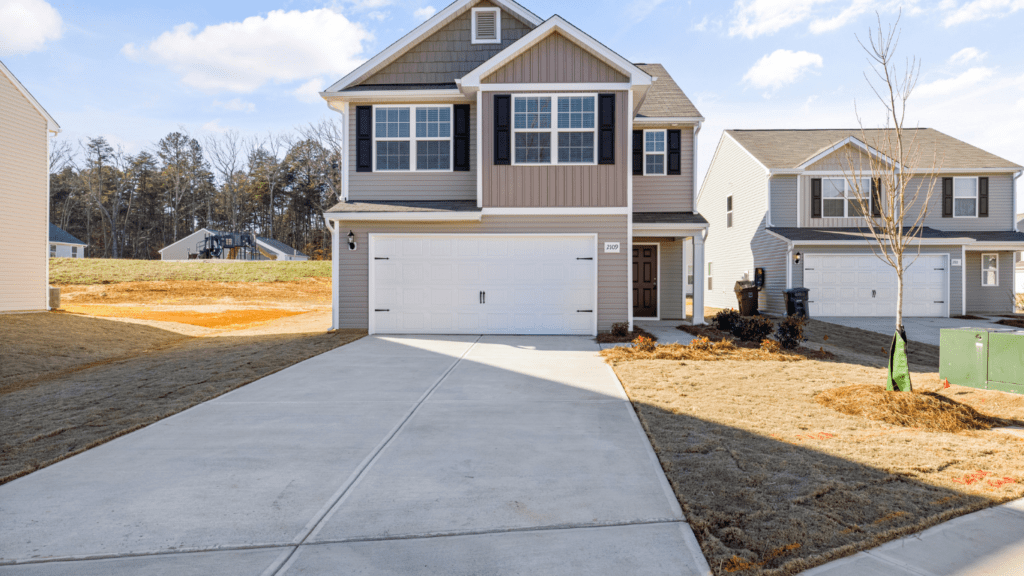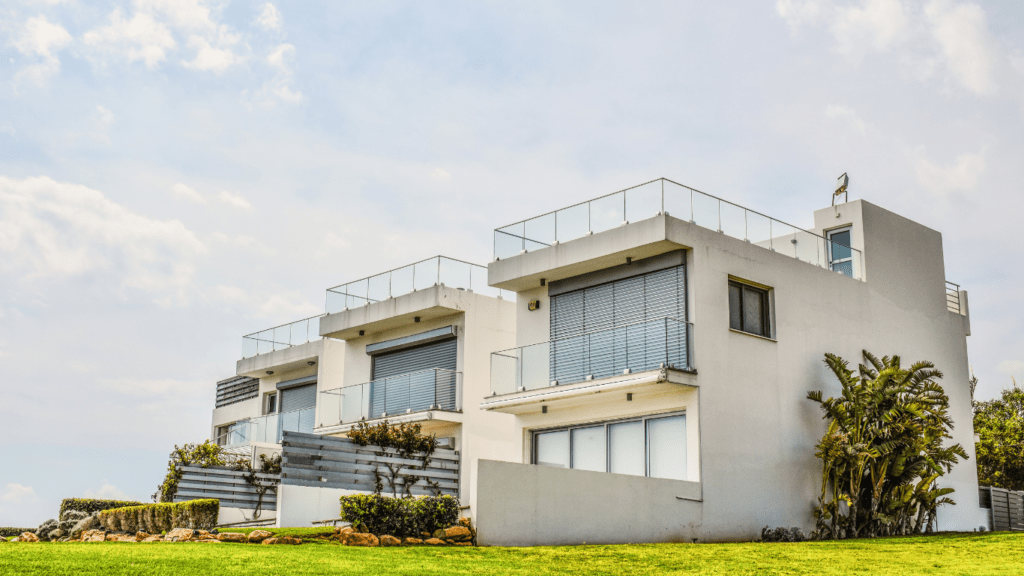Understanding Your Needs
Choosing a villa location that aligns with your unique requirements is crucial for long-term satisfaction. Considering various factors helps ensure you’re making an informed decision.
Lifestyle Preferences
Your villa should cater to your lifestyle. If you love outdoor activities, look for locations near hiking trails, beaches, or parks. Urban enthusiasts might prefer vibrant city centers with access to restaurants, theaters, and nightlife. Families could prioritize regions with excellent schools, safe neighborhoods, and kid-friendly amenities. Those seeking tranquility might opt for rural or secluded areas.
Climate Considerations
Climate affects daily life and overall comfort.
- Warm, sunny climates appeal to many, but high temperatures could be uncomfortable without adequate cooling systems.
- Cooler areas might suit those who enjoy milder weather but require efficient heating.
- Coastal regions offer pleasant breezes, while mountainous areas might experience unpredictable weather.
- Research seasonal variations to choose a climate that fits your preferences.
Accessibility and Convenience
Convenience impacts daily activities and overall comfort.
- Proximity to airports, public transportation, and major highways ensures easy travel.
- Nearby healthcare facilities, shopping centers, and entertainment options enhance quality of life.
- Evaluate commute times to work, schools, and frequently visited places.
- Remote areas might offer beauty and tranquility but often lack immediate access to essential services.
Evaluating The Neighborhood

Choosing the right neighborhood for your villa is crucial. Consider safety, community, culture, and local amenities to make an informed decision.
Safety and Security
Research local crime rates using reliable sources like local police departments or dedicated websites. Check if the area has security measures like neighborhood watch programs, gated communities, or private security. Visit the neighborhood at different times to gauge the overall sense of safety. Speaking with residents can provide insights into the security level. Prioritize areas with low crime rates and visible security measures for peace of mind.
Community and Culture
Understanding the community and culture of the neighborhood helps ensure a harmonious living experience. Look into the demographics of the area to see if it aligns with your lifestyle and values. Attend local events and interact with residents to get a feel of the social environment. Investigate the cultural amenities such as theaters, museums, and community centers. Ensure the community vibe matches your preferences, whether it’s family-oriented, artsy, or multicultural.
Local Amenities
Assess the availability of essential services and facilities. Identify key amenities like supermarkets, hospitals, schools, and public transportation hubs nearby. Note the distance to recreational facilities like parks, gyms, and entertainment venues. Use online maps and local directories to locate these establishments. Confirm that local amenities can meet your daily needs and enhance your quality of life. Prioritize neighborhoods with diverse and easily accessible amenities for convenience.
Financial Aspects
When choosing a villa location, financial considerations play a crucial role. Evaluating the economic aspects ensures an informed decision without future financial burdens.
Property Value Trends
Researching property value trends helps gauge investment potential. Look at historical data for the area. Areas with rising property values offer better long-term investment. Compare neighborhoods, and identify regions with consistent appreciation.
Tax Implications
Different locations have varied tax structures. Understand local property taxes, which directly impact annual expenses. Research other taxes, like capital gains, when selling the villa. Consult a local tax advisor to avoid unforeseen liabilities.
Maintenance Costs
Maintenance costs vary based on location and property type. Coastal and tropical areas may have higher maintenance due to weather conditions. Consider utilities, landscaping, and general upkeep. Evaluate local service availability and costs to plan better.
Environmental Factors
Consider environmental factors when choosing the perfect location for your villa.
Natural Surroundings
Examine the natural surroundings to ensure they match your lifestyle. If you enjoy greenery and scenic views, look for areas with abundant vegetation and landscapes. Coastal views might be appealing if you love the ocean. Those preferring a serene environment might favor countryside locations. Conduct onsite visits and use satellite images to assess natural surroundings accurately.
Potential Hazards
Evaluate potential hazards to safeguard your investment and safety. Check for natural disaster risks like floods, earthquakes, and hurricanes using local geological surveys and hazard maps. Coastal and tropical regions may have higher risks of hurricanes and storms. Research historical data on natural disasters in the area. Consult local experts to understand legal requirements and necessary precautions against such hazards to make an informed decision.
Sustainability Practices
Assess local sustainability practices to ensure eco-friendly living. Check if the area supports renewable energy sources like solar or wind. Look for regions with strong waste management and water conservation policies. Consider the availability of green building materials and eco-friendly infrastructure. Engage with local officials or community groups to understand ongoing sustainability initiatives in the area. Adopting sustainable living practices can improve your lifestyle and add value to your investment.
Future Development Plans
Considering future development plans is vital when selecting the perfect location for your villa. Assessing upcoming projects and regulations helps ensure long-term satisfaction and investment growth.
Infrastructure Projects
Evaluate planned infrastructure projects. These projects, such as new transport links and utilities, impact property values and convenience. For example, new highways or public transit stations can reduce commute times and raise property demand. Check local government websites and urban planning documents for project timelines and their potential effects on the area.
Zoning Laws
Understand local zoning laws to avoid future complications. Zoning laws dictate land use, affecting everything from construction options to noise levels. If the area is zoned for commercial development, it might lead to increased traffic and noise. Researching zoning maps and consulting local planning authorities provides clarity on future developments and restrictions.
Market Forecasts
Study market forecasts to gauge future property value trends. Real estate market analyses predict growth or decline, helping inform your decision. Examine reports from real estate agencies and economic research firms. Rising property values indicate a promising investment, while stagnation or decline suggests caution.
Conclusion
Choosing the perfect location for your villa is an intricate process that goes beyond just finding a beautiful spot. It’s crucial to weigh factors like safety, community, and future development plans. By understanding zoning laws and market forecasts, you’ll make a well-informed decision that ensures long-term satisfaction and investment growth.
Don’t overlook environmental aspects and sustainability practices, as they play a significant role in your overall living experience. The right location not only enhances your lifestyle but also adds value to your investment. Take your time, do your research, and trust your instincts to find a villa location that truly feels like home.

 Michael Matherne has been instrumental in the development of Villa Estates Luxe, leveraging his extensive background in real estate and digital marketing to shape the platform's success. His strategic insights have been crucial in curating the latest news and market trends, ensuring that users receive timely and relevant information tailored to their needs. Michael has also been pivotal in enhancing the overall user experience, implementing innovative features that make navigating the site seamless. His commitment to providing high-quality content and fostering a community of informed buyers and investors has significantly contributed to Villa Estates Luxe’s reputation as a trusted resource in the luxury villa market.
Michael Matherne has been instrumental in the development of Villa Estates Luxe, leveraging his extensive background in real estate and digital marketing to shape the platform's success. His strategic insights have been crucial in curating the latest news and market trends, ensuring that users receive timely and relevant information tailored to their needs. Michael has also been pivotal in enhancing the overall user experience, implementing innovative features that make navigating the site seamless. His commitment to providing high-quality content and fostering a community of informed buyers and investors has significantly contributed to Villa Estates Luxe’s reputation as a trusted resource in the luxury villa market.